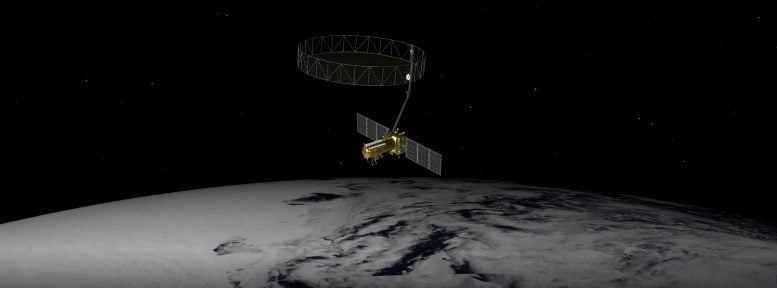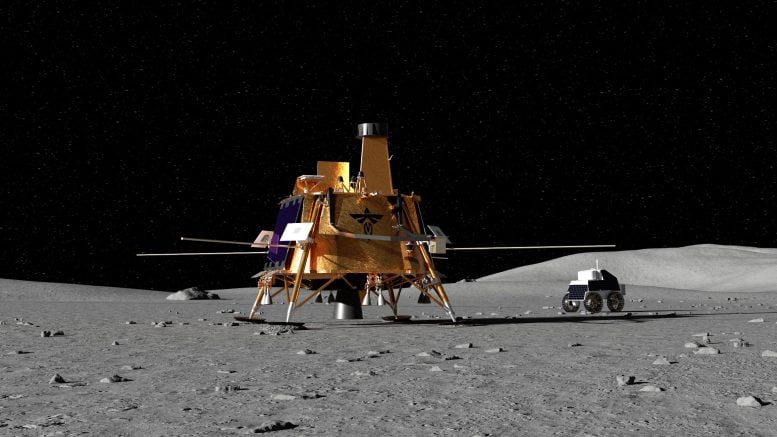
The idea of Earth “falling” might sound a bit puzzling at first, but it’s a super interesting concept that shakes up how we think about gravity and motion in the universe. And this isn’t just some theory to mull over; it actually changes how we see our planet’s spot in the universe and how we experience life on Earth every day.
Earth’s Endless Free Fall
Earth has been in this state of “endless free fall” since it formed around 4.5 billion years ago. This ongoing movement is all because of Earth’s orbit around the Sun, which you can think of as a never-ending fall. We don’t feel this constant motion because it’s part of the stable and predictable orbit Earth keeps around the Sun.
This idea of free fall is crucial; it’s like how astronauts feel weightless while they’re floating in space stations orbiting Earth. On a bigger scale, Earth’s path around the Sun is like falling without ever hitting anything, thanks to gravitational forces keeping us on track.
What’s Gravity Got To Do With It?
Gravity is the big player in this cosmic dance. It’s what pulls things towards a center of mass, like how the Sun pulls on Earth. If Earth were just sitting still compared to the Sun, we’d get pulled straight into it because of gravity. But with Earth’s sideways speed—about 67,108 mph—we don’t crash into the Sun. Instead, this speed lets Earth keep “falling” around the Sun, holding its steady course.
This tug-of-war between gravity pulling us in and our sideways speed keeps planets like Earth from spiraling into their stars or drifting off into space.
From Newton’s Apple to Einstein’s Universe
Our understanding of gravity has come a long way over time. Back in the 17th century, Isaac Newton laid down some basic ideas about why objects pull towards each other. Then came Albert Einstein, who flipped our understanding upside down with his general theory of relativity in the 20th century. Einstein said gravity isn’t really a force but more like space-time bending around massive objects like the Sun.
In this view, Earth moves along a curved path through space-time, kind of like a ball rolling along inside a funnel. This model gives us more insight into why celestial bodies stick to their paths through space.
The Fall We Never Feel
Even though we’re constantly falling toward the Sun, neither we nor any living creature on Earth notices this motion directly. Just like astronauts floating effortlessly in their space station as they orbit Earth, we’re fully along for this ride through space-time.
We don’t notice anything different because there are no external forces acting on us beyond gravity itself. Everything—the air we breathe, oceans, land—is all partaking in this cosmic journey too.
Cosmic Free Fall Isn’t Just An Earth Thing
This idea of endless free fall isn’t limited to just our planet; other celestial bodies are doing it too. Take the Moon—it falls toward Earth at about 2,287 mph, allowing it to orbit instead of crashing into us.
And if you zoom out even further, galaxies and galaxy clusters are also caught up in constant free fall within gravitational wells formed by visible matter and mysterious dark matter across the cosmos.
Gliding Through Space: A Smooth Ride
A key thing about moving through space is there’s almost no friction—unlike here on Earth where air resistance and ground friction slow things down over time. In space’s vacuum though? Those forces are pretty much nonexistent.
So Earth’s movement stays largely unaffected except by gravitational interactions with other celestial bodies or small effects from stuff like tidal forces caused by entities such as our Moon.
Grasping Earth’s endless free fall gives us cool insights into fundamental laws governing celestial mechanics while reminding us where humanity fits within an ever-moving universe—a nudge that we’re all travelers together on this epic journey through space-time.
Got a reaction? Share your thoughts in the comments
Enjoyed this article? Subscribe to our free newsletter for engaging stories, exclusive content, and the latest news.









Leave a Comment